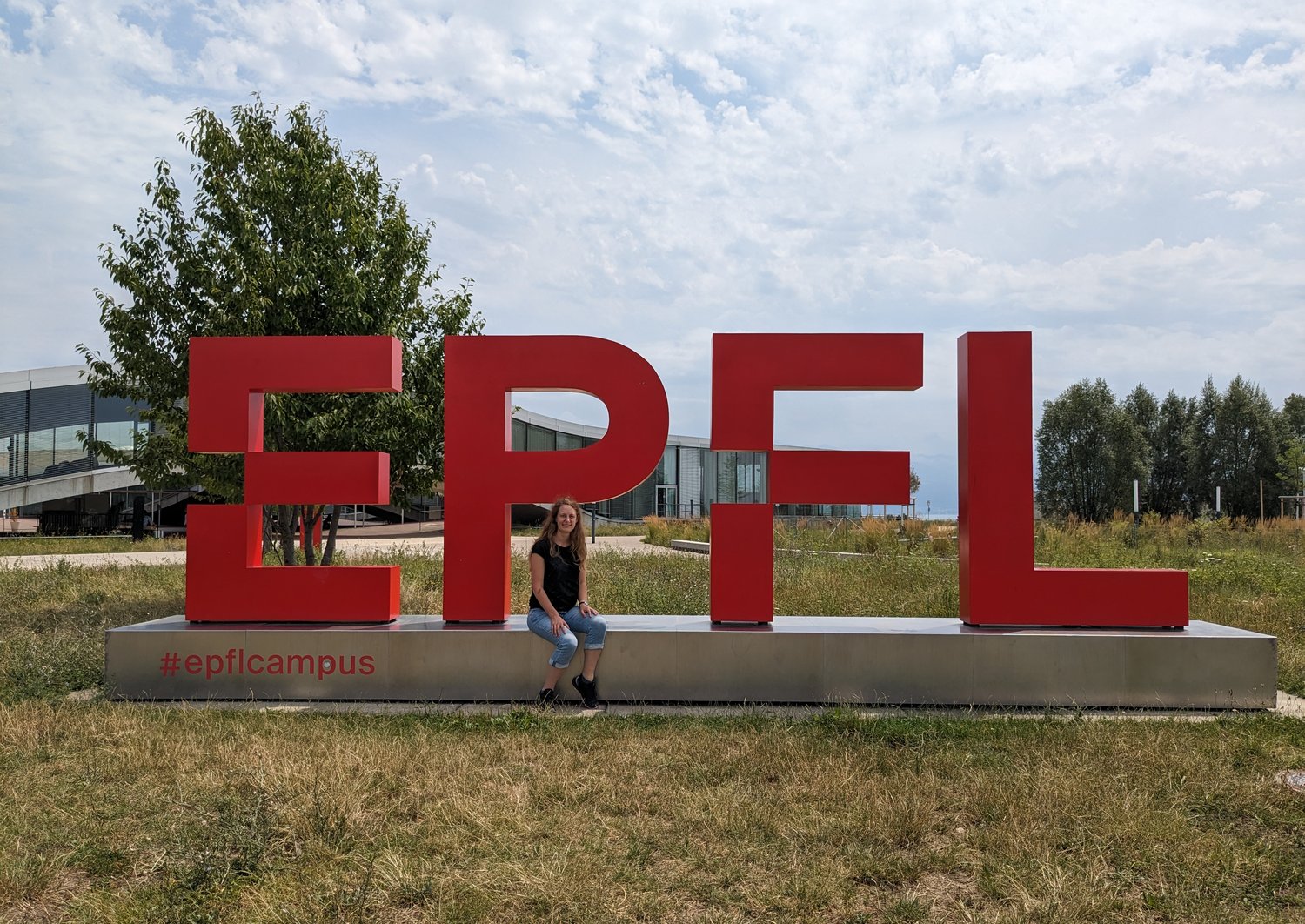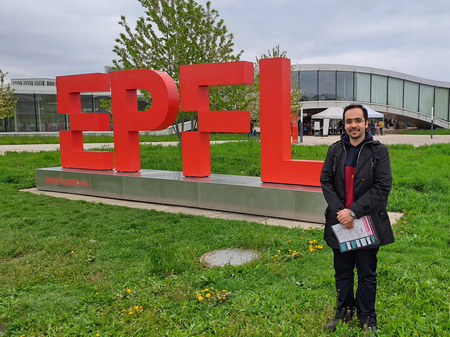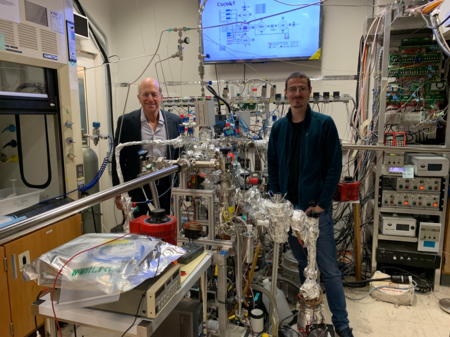Making machines talk using light?
The basic concept of photonic integrated circuits is similar to the electronic integrated circuits that most people know from the chips that are the basis of almost every electronic device. However, instead of directing and manipulating electric current, photonic integrated circuits direct and manipulate light.
Integrated photonics is currently used mainly in data communications and telecommunication technologies, but it shows great potential in revolutionizing sensing applications. The main improvements over today’s state-of-the-art devices are miniaturization, scalability and multifunctionality. Currently, a lot of work is still being done with free-space optics. By putting everything on a chip, the devices become much smaller. This approach enables new applications such as wearables and on-the-spot diagnostics that save energy and resources and offer scalability.
Jasmin’s focus is on the development of a new platform in order to join integrated photonics and Micro-Electromechanical Systems (MEMS) within the same material. To do so, she uses aluminum nitride (AlN). For this development she works on more basic devices such as a simple switch (although it is not that simple when you get into the details). Once the AlN platform is more mature, more complex circuits consisting of several basic components can be built. One example is a switch matrix used in a data center to switch between different information lines to ensure that each piece of information reaches its correct destination. Reconfigurable networks are also possible.
Jasmin illustrates her research very vividly and comprehensible for everyone: “Imagine if we could create incredibly small machines that communicate using light. These machines are a result of combining advanced manufacturing techniques with cutting-edge materials and innovative device designs. They are so tiny that you would need a powerful microscope just to see them! These machines have amazing potential – they can help us measure things incredibly accurately, like checking if our air is clean or if our bodies are healthy. They can even revolutionize how we communicate, making it much faster and more secure. That is what I am working on – creating these ultra-small, super-smart machines to help us understand and improve the world around us.”
Revolutionizing sensing and telecommunications
Jasmin’s PhD thesis represents a strong collaboration between the Integrated Photonics Technologies (IPT) Unit in Microsystems division led by Dr. Mohssen Moridi at SAL, the Advanced Nano-electromechanical Systems Laboratory at EPFL led by Professor Guillermo Villanueva, and the research group on Micro- and Nanosystems of Professor Niels Quack at The University of Sydney.
“The integration of photonic integrated circuits (PICs) and MEMS enables compact, low-power tunable and reconfigurable photonics for sensing and telecommunications. However, most integrated devices use separate materials for PICs and MEMS, introducing incompatibility and complexity to fabrication. Jasmin’s PhD thesis advances a unique material platform that serves both PICs and MEMS with scalability. We would like to extend our gratitude to Professor Guillermo Villanueva at EPFL and Professor Niels Quack at The University of Sydney for their invaluable supervision and support”, explains Dr. Thang Duy Dao, staff scientistic as co-supervisor and project manager.
Niels Quack about Jasmin’s work: "Aluminum nitride is an outstanding material for photonic integrated circuits: it supports a wide range of wavelengths and is compatible with standard microfabrication technologies. It also shows a relatively strong piezo-electric effect. This allows producing precisely controlled mechanical movements with an electric voltage. Jasmin’s research investigates the unique combination of both photonics and mechanical actuation at the nanoscale in a single material. Her work lays very important ground to advance cutting edge technology for novel sensing solutions and next generation fiber-optical tele- and data-communication systems.”
Jasmin about the joint work: “I am very thankful for this fantastic opportunity. It is great to have a place to perform the fabrication steps that we can not (yet) do in the SAL Microfab (Note: SAL cleanroom). The mix-and-match of the two cleanrooms leads to additional challenges, but with the right planning, it works fine. In this regard, I appreciate the support of the well-organized staff of CMi cleanroom.”
“In addition, I really enjoy the welcoming atmosphere among the other PhD students of the lab. And – of course - I also like the city Lausanne, and in particular the lake, where I spend most of the evenings during my visits”, gives Jasmin more insights into her stay.
Reacting on what her next goals are, she responds quickly with a wink: “Finishing my PhD of course.” Besides that, she wants to continue working on the development of the AlN platform. “I am really looking forward to holding my first MEMS actuated integrated photonic switch in hands. There are still many challenges to overcome, but I am sure, within this supportive collaboration, we will manage it”, says Jasmin confidently.







